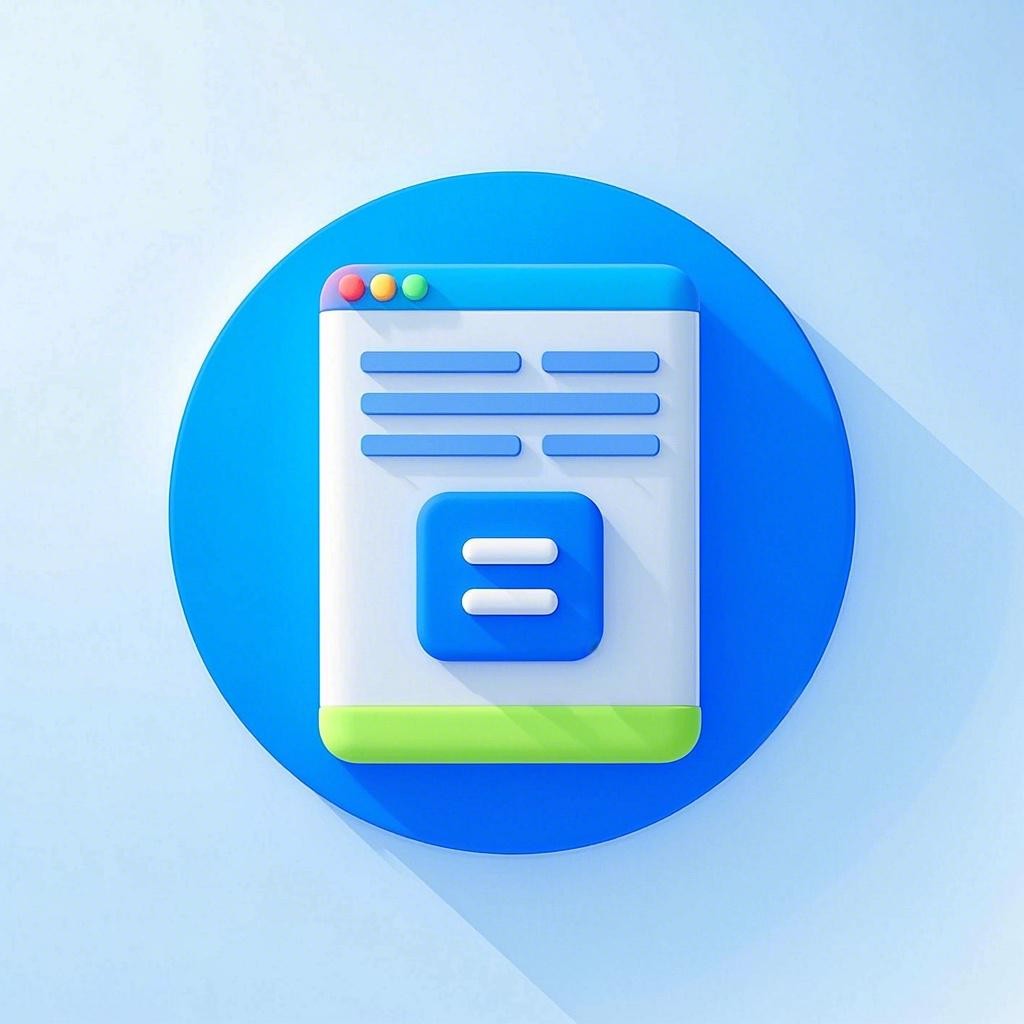引言
设计模式是软件开发中的关键技术,它可以帮助开发者解决常见问题,提高代码的可读性、可维护性和可扩展性。本文将深入探讨框架设计模式的核心技术,并通过实战案例分析,帮助读者更好地理解和应用这些设计模式。
框架设计模式概述
框架设计模式是一类广泛应用于软件开发中的设计模式,它将常见的设计模式组合起来,形成一个完整的软件架构。框架设计模式的核心技术包括:
1. MVC设计模式
MVC(Model-View-Controller)是一种将应用程序分为模型(Model)、视图(View)和控制器(Controller)的设计模式。
- 模型(Model):负责管理应用程序的数据和业务逻辑。
- 视图(View):负责展示数据给用户。
- 控制器(Controller):负责处理用户的输入,并协调模型和视图。
2. 单例模式
单例模式确保一个类只有一个实例,并提供一个访问它的全局访问点。
public class Singleton {
private static Singleton instance;
private Singleton() {}
public static Singleton getInstance() {
if (instance == null) {
instance = new Singleton();
}
return instance;
}
}
3. 工厂模式
工厂模式用于创建对象,它将对象的创建与使用分离,使得客户代码不依赖于对象的创建过程。
public interface Product {
void operation();
}
public class ConcreteProductA implements Product {
public void operation() {
System.out.println("ConcreteProductA operation");
}
}
public class ConcreteProductB implements Product {
public void operation() {
System.out.println("ConcreteProductB operation");
}
}
public class Factory {
public static Product createProduct(String type) {
if ("A".equals(type)) {
return new ConcreteProductA();
} else if ("B".equals(type)) {
return new ConcreteProductB();
}
return null;
}
}
4. 观察者模式
观察者模式定义了一种一对多的依赖关系,当一个对象的状态发生变化时,所有依赖于它的对象都得到通知并自动更新。
public interface Observer {
void update();
}
public class ConcreteObserver implements Observer {
public void update() {
System.out.println("Observer: I am updated.");
}
}
public class Subject {
private List<Observer> observers = new ArrayList<>();
public void addObserver(Observer observer) {
observers.add(observer);
}
public void notifyObservers() {
for (Observer observer : observers) {
observer.update();
}
}
}
实战案例分析
案例一:使用MVC设计模式构建一个简单的博客系统
在这个案例中,我们将使用MVC设计模式构建一个简单的博客系统,包括模型、视图和控制器。
- 模型(Model):负责管理博客数据,如文章、评论等。
- 视图(View):负责展示博客内容,如文章列表、文章详情等。
- 控制器(Controller):负责处理用户请求,如显示文章列表、添加评论等。
案例二:使用工厂模式创建不同类型的数据库连接
在这个案例中,我们将使用工厂模式创建不同类型的数据库连接,如MySQL、Oracle和SQL Server。
public interface DatabaseConnection {
void connect();
}
public class MySQLConnection implements DatabaseConnection {
public void connect() {
System.out.println("Connecting to MySQL database");
}
}
public class OracleConnection implements DatabaseConnection {
public void connect() {
System.out.println("Connecting to Oracle database");
}
}
public class SQLServerConnection implements DatabaseConnection {
public void connect() {
System.out.println("Connecting to SQL Server database");
}
}
public class DatabaseConnectionFactory {
public static DatabaseConnection createConnection(String type) {
if ("MySQL".equals(type)) {
return new MySQLConnection();
} else if ("Oracle".equals(type)) {
return new OracleConnection();
} else if ("SQLServer".equals(type)) {
return new SQLServerConnection();
}
return null;
}
}
总结
本文深入探讨了框架设计模式的核心技术,并通过实战案例分析,帮助读者更好地理解和应用这些设计模式。通过学习和应用设计模式,开发者可以写出更高质量、更易于维护和扩展的代码。
